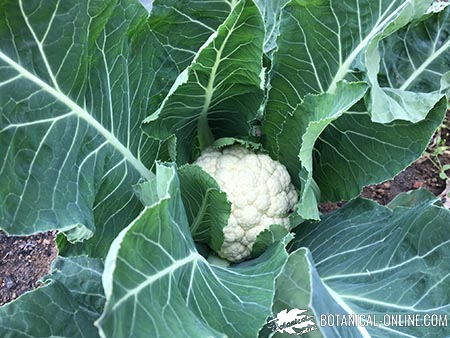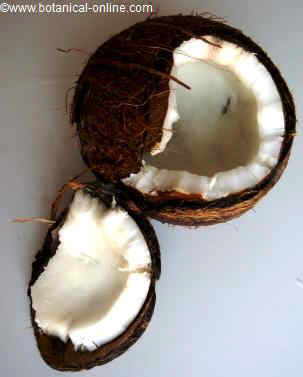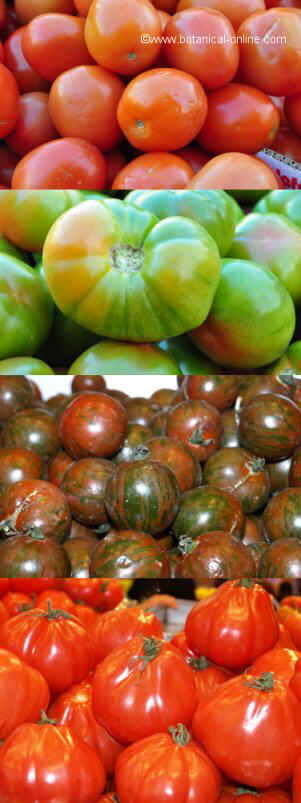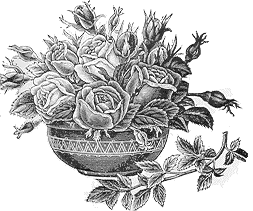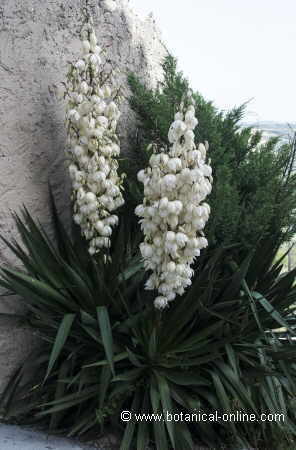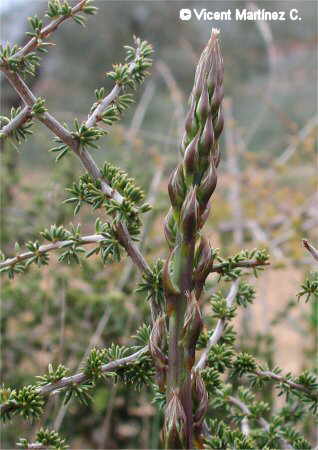Classes of violets
Varieties of violets in gardening
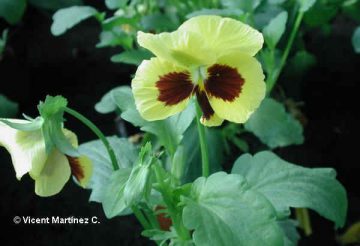 There are many varieties of violets in gardening, as it is one of the favorite plants for the decoration of flowerbeds. Among all we have:
There are many varieties of violets in gardening, as it is one of the favorite plants for the decoration of flowerbeds. Among all we have:
- Horned pansy or horned violet ( Viola cornuta): It is the violet from which most modern varieties come. It reaches about 15 cm. It has small flowers but very resistant to hot and cold temperatures and diseases. Flowers from spring to summer
- Australian violet (Viola hederacea): It is not as resistant as the previous one. It has reddish petals. It is a very suitable species as a cover of sandy soils. Can not stand the direct sun.
- Common violet (Viola odorata): As its scientific name indicates, it is a plant that produces very aromatic flowers in blue, white, yellow or pink in spring. Very common on the edges of forests and hedges. It reaches about 20 cm in height. It has heart-shaped leaves. It needs soils with a lot of humus and constant humidity. It is self-produced easily with stolons. It is the variety most used as folk remedy, for example for the preparation of violet cough syrup.
- Alpine violet (Viola labradorica): As the previous one reproduces by roots that are born from stolons. It is very suitable for parterres.
- Heath dog-violet or heath violet (Viola canina): From 15 to 30 cm, it produces violet blue flowers with white spur in spring. It grows mainly in sandy soils and semi-shady or shady places.
- Common blue violet (Viola papilionacea): Plant of 5 to 12 cm. Heart-shaped leaves and violet flowers in basal rosette. Very abundant east of the United States and Canada
- Heartsease, pansy (Viola tricolor, Viola wittrockiana): Hybrid species of four petals derived from Viola cornuta.
![]() More information on violets
More information on violets
This article was endorsed by Julián Masats - Technical agricultural engineer specialized in horticulture and gardening.

